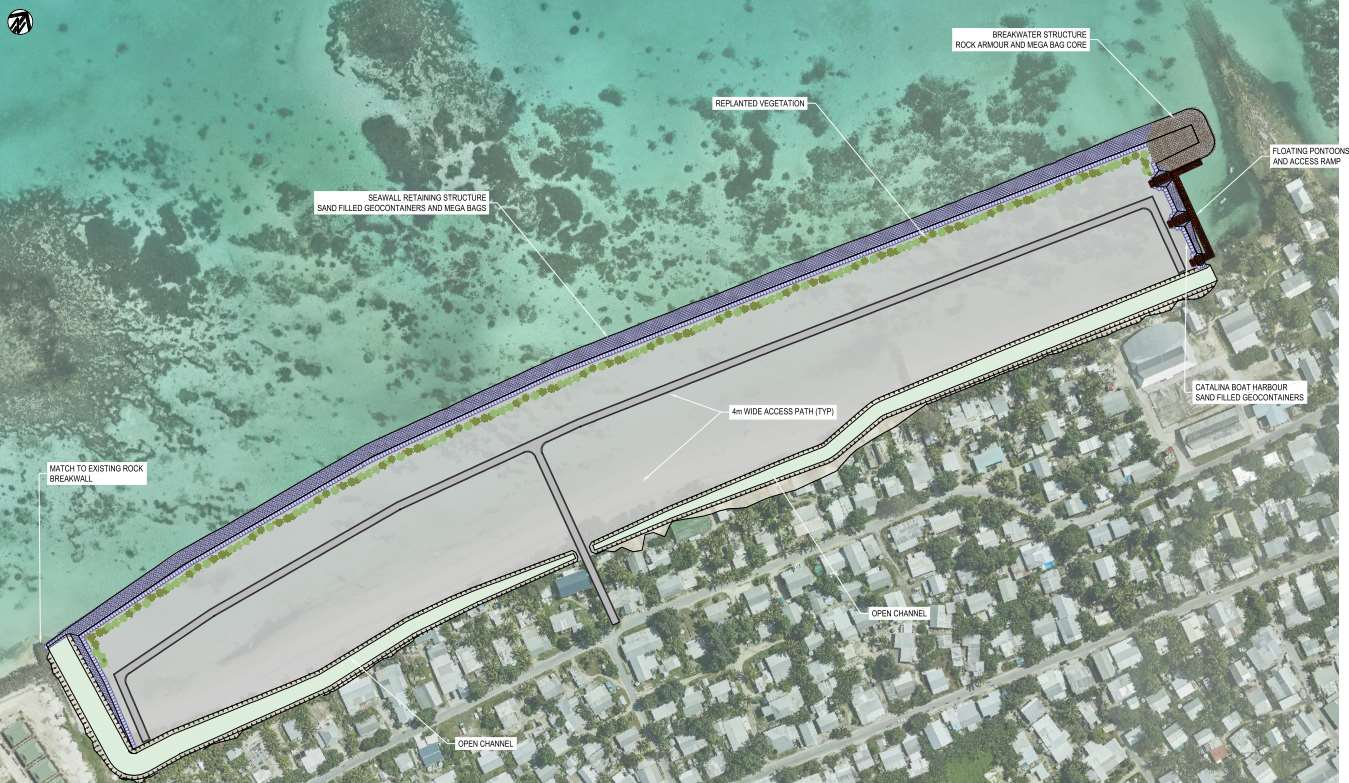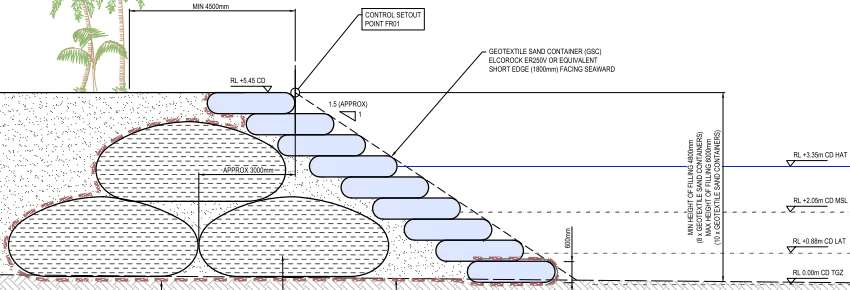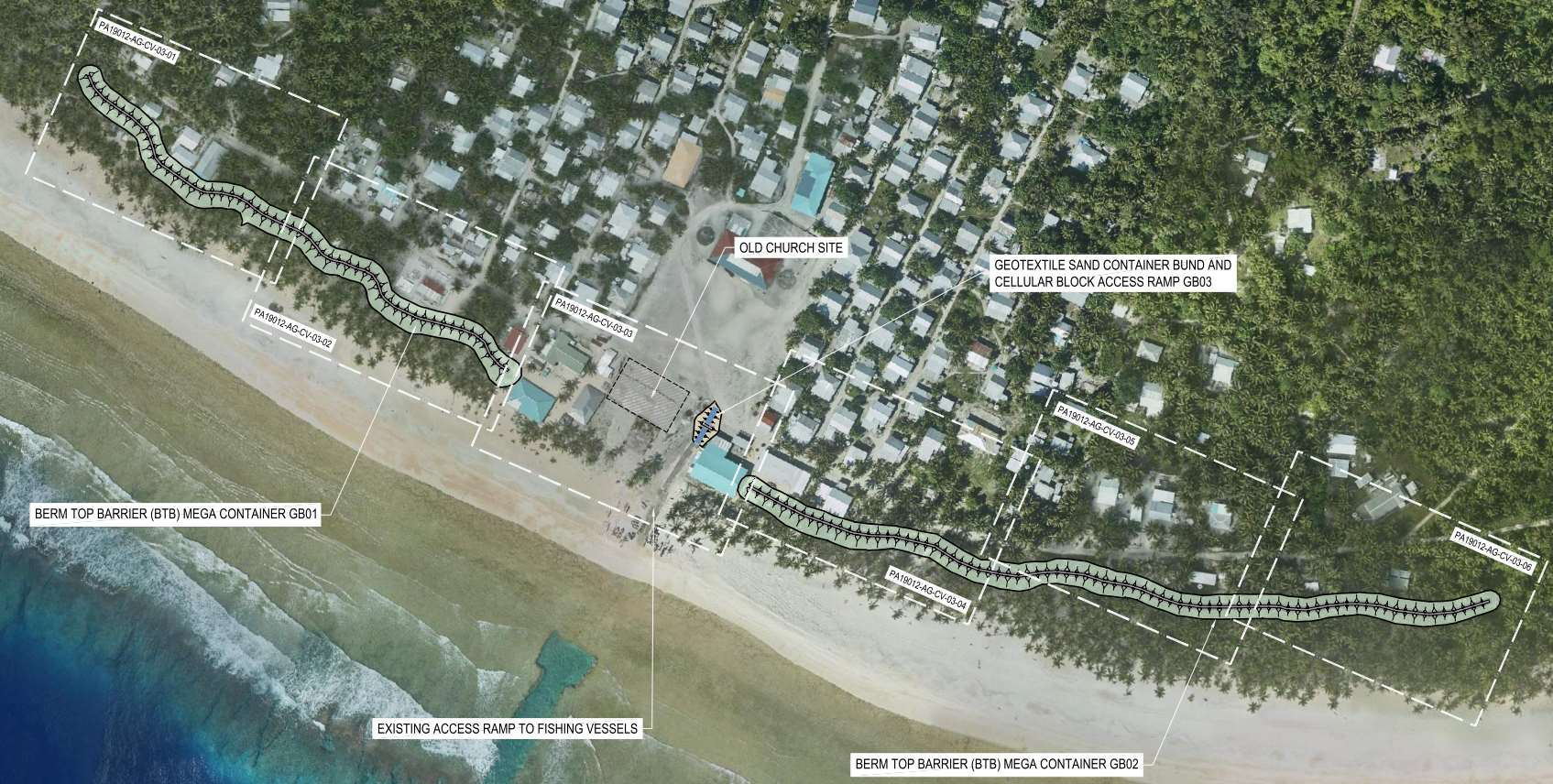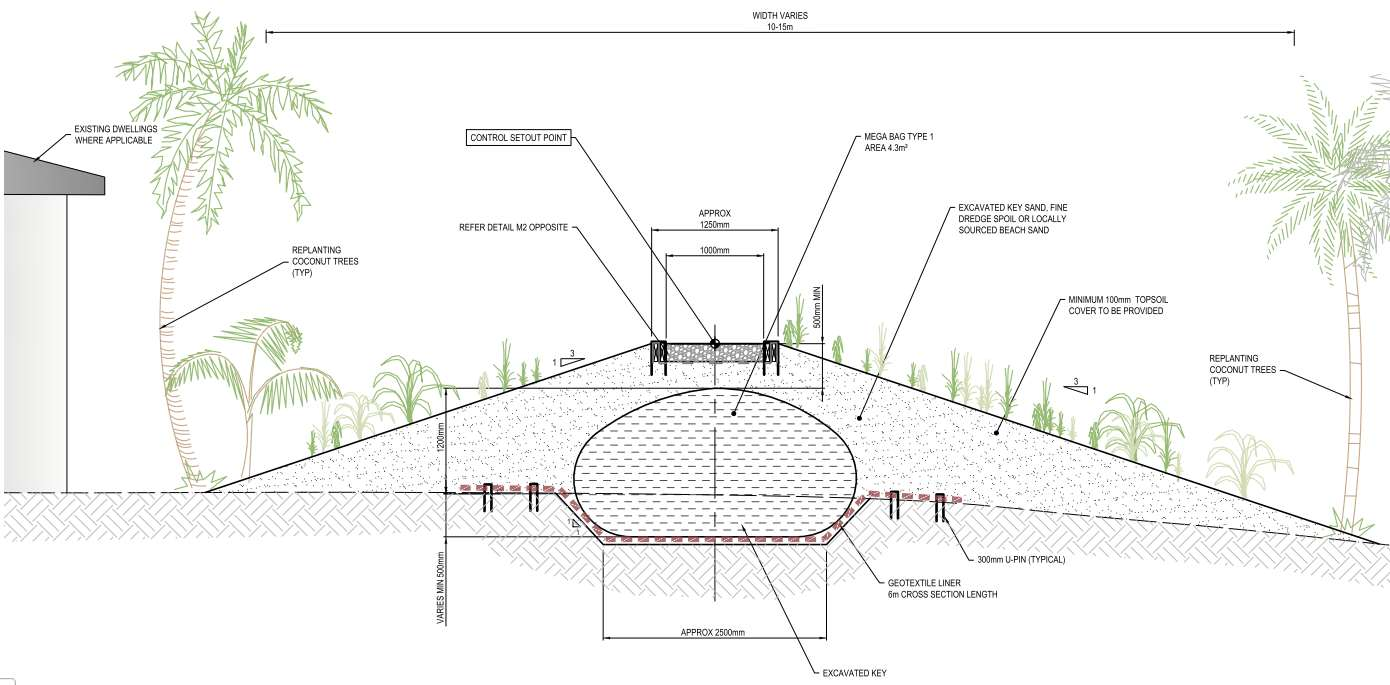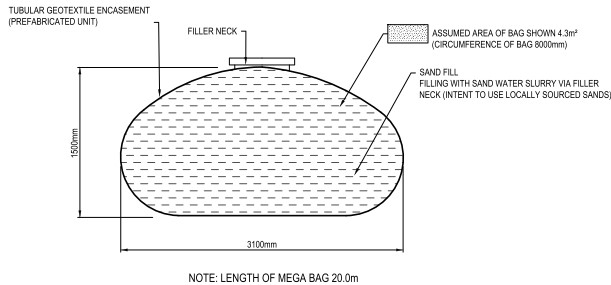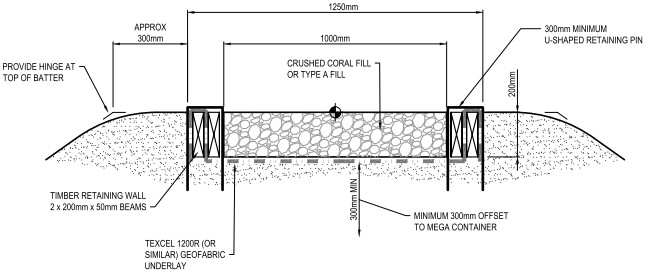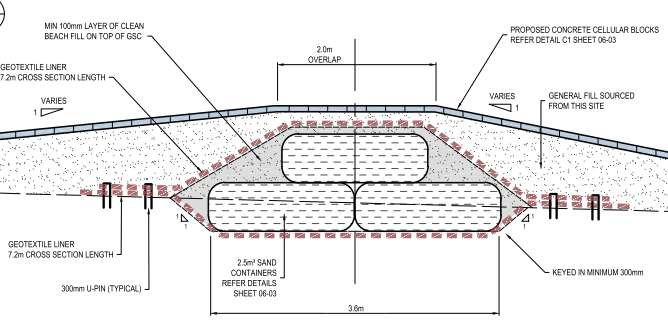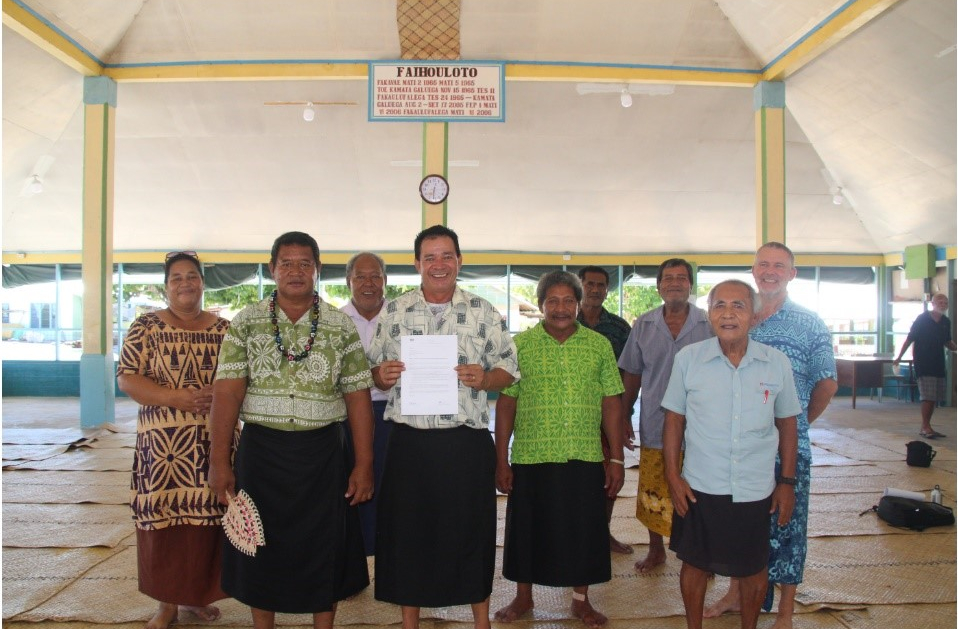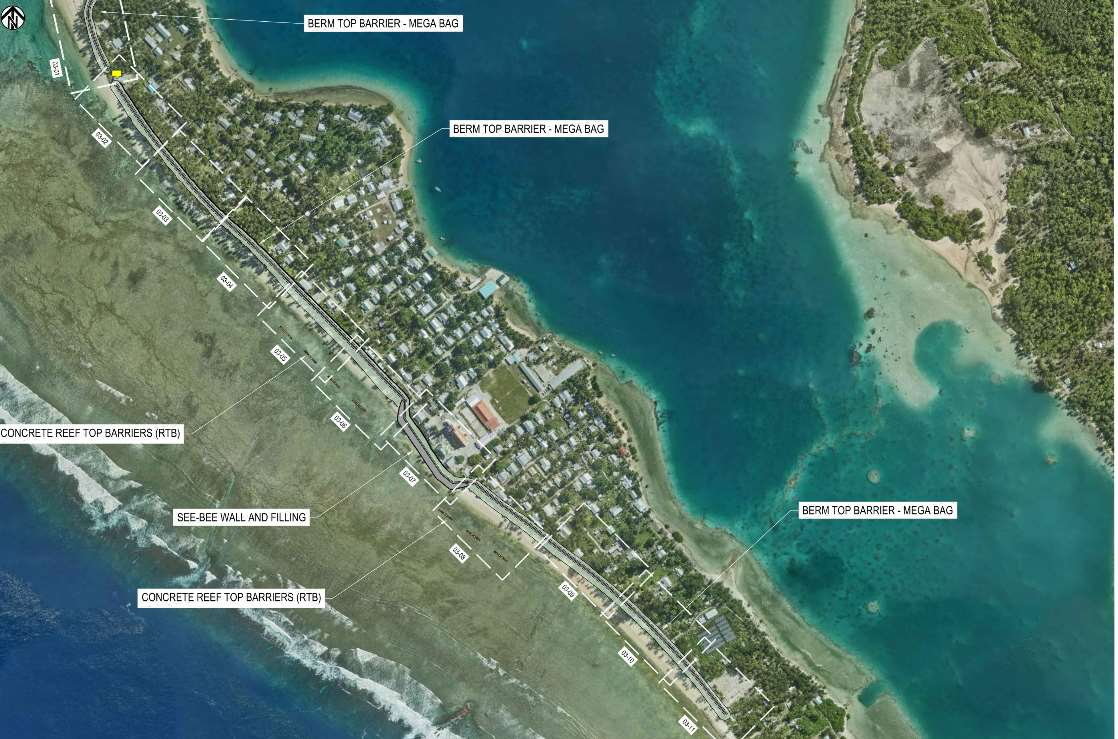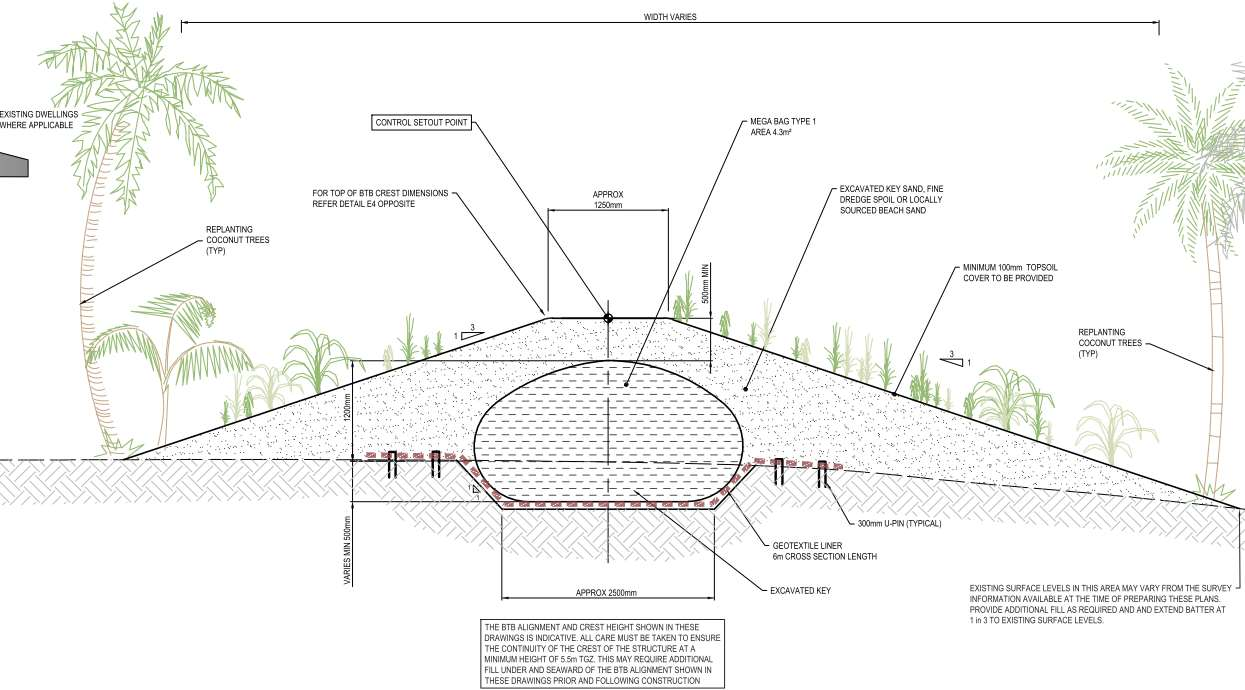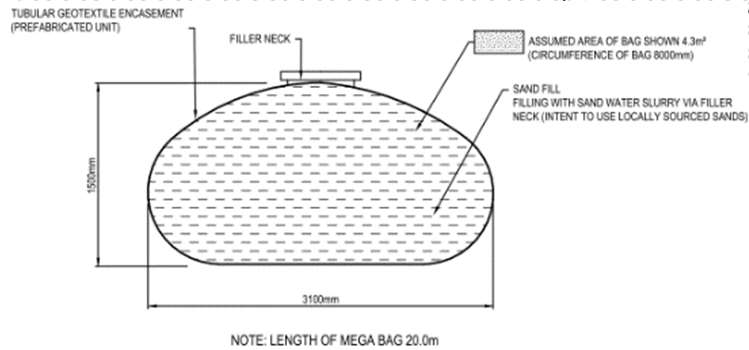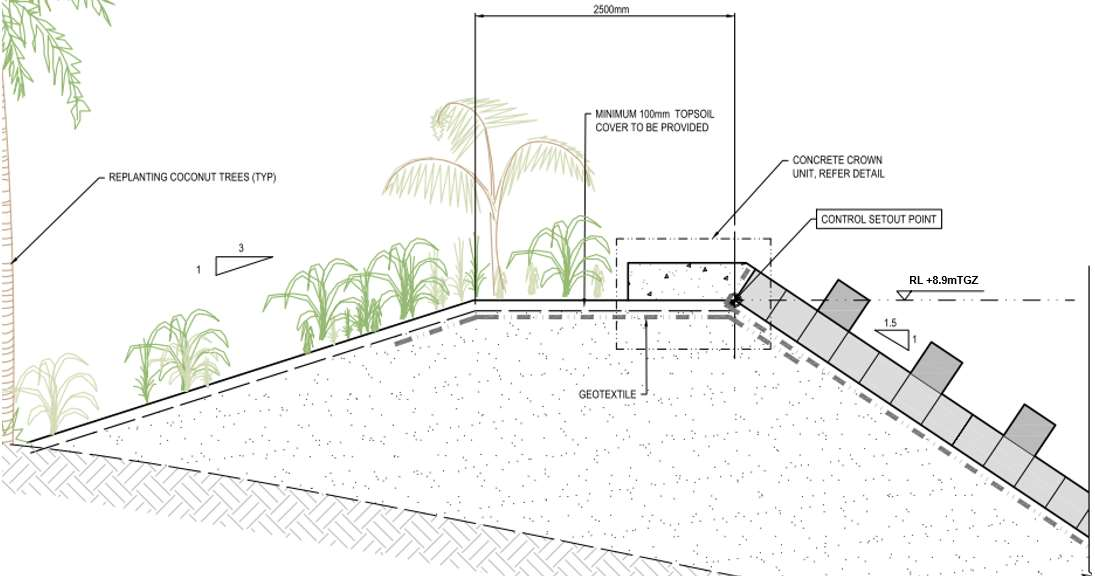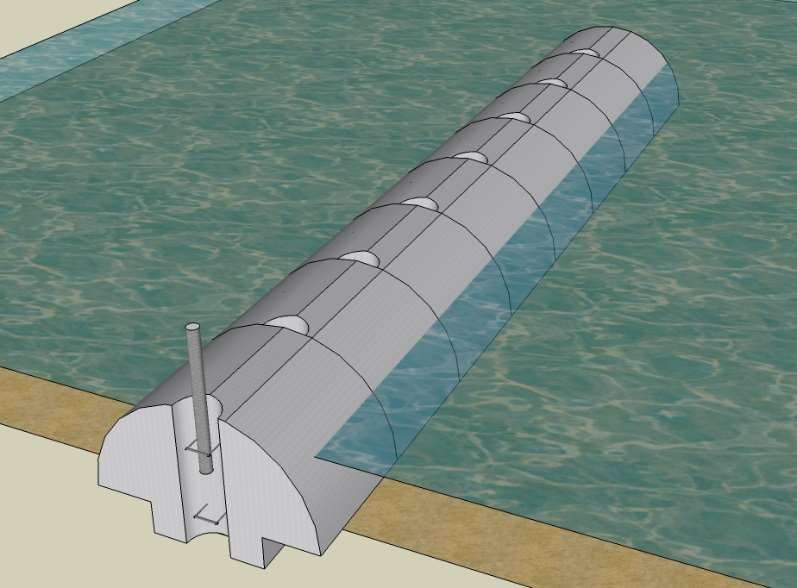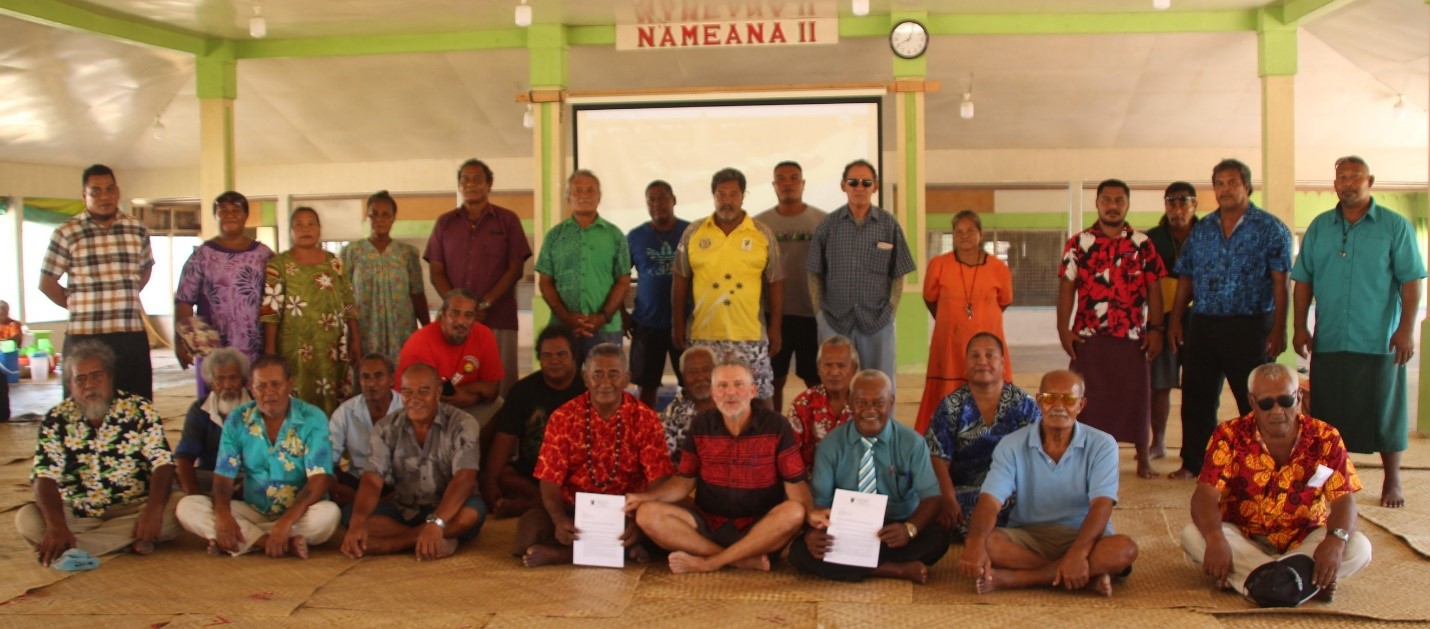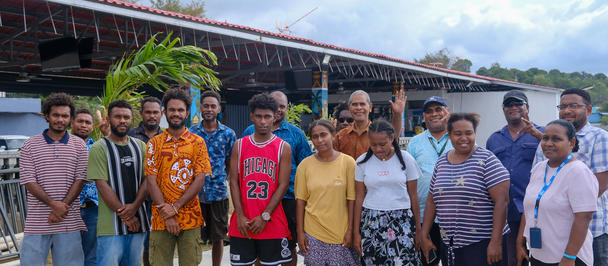Inhabitants of three islands in Tuvalu stand to benefit from a new coastal protection development once it gets off the ground. This follows the approval of the construction designs for coastal protection for Funafuti, Nanumanga and Nanumea.
The approval follows a long partnership journey which began in late 2019 and 2020 between the UN Development Programme through the Tuvalu Coastal Adaptation Project (TCAP) and the Government of Tuvalu. The concepts went through a rigorous consultation and discussion process with multiple stakeholders and the construction designs were subject to the Government, Kaupule and Community scrutiny and feedback during this period. A full Environmental and Social Impact Assessment (ESIA) has been completed and submitted with the relevant Development Application to the Department of Environment (DoE) which has given development consent to proceed.
The UN Development Programme (UNDP) has now received confirmation letters from the Government of Tuvalu, Nanumaga and Nanumea Island Councils approving the detailed concept designs for the three islands.
Funded by the Green Climate Fund and managed by UNDP, the main objective of the Tuvalu Coastal Adaptation Project (TCAP), is to enhance coastal resilience in Tuvalu by implementing a robust strategy of coastal measures in the three islands. Existing coastal protection measures in Tuvalu are limited. The project adopts a comprehensive and systematic approach to managing coastal inundation and erosion.
The long process included dealing with sensitive issues within the government and the island community and these were resolved through back-to-back consultations and briefings and engagement with stakeholders in the decision-making process.
Funafuti design
Figure 1a: Flyover of the proposed TCAP reclamation on the lagoon shore of central Fogafale, Funafuti Atoll, Tuvalu
The Funafuti coastal adaptation construction work is a large-scale reclamation project on the Vaiaku foreshore of Funafuti starting from the northern boundary of Queen Elizabeth II Park and extending to the northern Tausoalima beach groyne (780 m x 100 m).
As such, the reclamation will serve a two-fold purpose of protecting this shoreline from further wave attack, as well as providing new raised safe land on Fogafale.
- The TCAP reclamation design has a maximum elevation of +5.75m above Chart Datum which is equivalent to 2.4m above contemporary HAT (Highest Astronomical Tide). The design height of the reclamation and consequently the reclamation is designed to remain above these projected worst case scenarios for sea level rise out to 2100.
- The reclamation incorporates some lower slopes and drainage easements (namely toward to landward edge) to ensure good drainage during heavy rainfall and to ensure the junction between the existing land.
- Based on wave and wind baseline data and studies, combined with change over time (sea level rise out to 2100) provided the specifications for the technical design of the lagoon foreshore bund in terms of height, slope and stability. High-quality geo-textile revetments have been shown to have a design life in excess of 40 years if properly designed and maintained and it is expected the buried mega-bags in TCAP’s design will remain intact well beyond 40 years and in light of the Government’s broader plans to secure urgently required additional raised land, TCAP expects the foreshore revetment of the TCAP reclamation will be buried behind additional reclamation efforts well within the next 40 years. Hence the selection of this material and approach.
Figure 1b: Proposed TCAP reclamation on central Fogafale the lagoon shore, Funafuti Atoll
Figure 2: The TCAP reclamation lagoon foreshore bund is designed to withstand ARI 150-year event out to the year 2100 under RCP8.5 sea level rise projections (IPCC, 2019). It is comprised of an inner stack of 3 “mega-bags” (some 4m in diameter x 20m in length per unit) which would form a highly stable immovable inner foundation. In turn, this is protected by smaller, interlocked geotextile bags (approximately 2.5m x 2m x 0.6m) forming the sloped foreshore revetment.
Figure 3: Catalina Boat Harbour detailed plan
The Funafuti coastal adaptation work was approved by the Government of Tuvalu and signed by the Honorable Minister of Finance Seve Paeniu.
Nanumaga and Nanumea designs
The Nanumaga and Nanumea Falekaupule and Kaupule leaders have finally agreed to the latest designs presented by the TCAP team’s visit to the island in June 2021. The team presented the best detail designs for the two islands following multiple community consultations and meetings.
Nanumaga design
Figure 4: Site plan of the TCAP Nanumaga coastal protection design
The Nanumaga design includes installing Berm Top Barrier (or sea dike) running on both sides of the village for a total length of 665m, and raising the beach loading access ramp.
Figure 5: Typical section of Berm Top Barrier (top) and footpath and GMC detail (below)
Figure 6: Longitudinal sections of the proposed boat ramp extension
The Nanumaga final concept design was approved by the Leader of Nanumaga Island Council Mr. Sikiga Taimi and the Island Chief Mr Seti Sopoaga.
During the consultation with the visiting TCAP team, the Nanumaga Island Council Secretary, Mrs Sulivanu Sama said one of the best decisions made while negotiating for the final detail design was the consideration for the safety of the people and ensuring an easy access for the women to use the sea for their traditional handicraft. She added that women will stand to benefit after the dredging process, as more shells will be collected for handicraft which could be sold in the market to support their children’s education.
The TCAP Team, the Nanumaga Falekaupule and Kaupule Leaders with the approval letter on the Nanumaga concept design
Tausi Iopu, a youth from the island said it is best to have a few access steps on the Berm Top Barrier to the beach for the elderly who want to swim at sea. It was also raised by a group of men and women during the consultation.
Nanumea design
Figure 7: Site plan of the TCAP Nanumaga coastal protection design
The Nanumea coastal protection will consist of:
- Berm Top Barriers with a total length of 1,335 m,
- Sea Bee Wall of 190 m revetment along the church compound, and
- Reef Top Barriers, 7 of 25 m long along the reef.
The Nanumea detail concept design was signed by the Nanumea Town Council Leader Mr. Tofinga Paitela and the Island Chief Mr. Iese Tekaloga
Figure 8: Typical section of Berm Top Barrier (top) and GMC detail (below)
Figure 9: Typical section of Seabee revetment
Figure 10: Concept sketch of concrete RTB unit
TCAP Team, Nanumea Falekaupule and Kaupule Leaders with the approval letter on the Nanumea concept design.
Mr. Toai Vevea, an Island Council member of Nanumea, stated that since “there is no coastal engineer with technical skills on the island to assess and contribute to the concept design and to make comments on the appropriate coastal adaptation measures for Nanumea, the people of Nanumea will put their trust on UNDP country office, TCAP team and partners to do what is best for Nanumea. God will see all the efforts you put in for the coastal protection of Nanumea and will bless everyone who contribute to the good work done for our people.”
“The project has received all two letters from the two island communities of Nanumea and Nanumaga, agreeing to the construction of protective measures for their islands” said the TCAP Project Manager Alan Resture. “The Government of Tuvalu also signed the agreement letter for the land reclamation works on Funafuti. Having these three letters is important for the project, as it gives TCAP permission to proceed with coastal protection works. What remains now is the public notification for the land reclamation works on Funafuti, which the project is awaiting advice from the Attorney General’s Office”.
The people of Tuvalu have done very little to contribute to climate change, yet they are some of the most vulnerable to its effects.
This project is an important opportunity for the Government of Tuvalu to support a climate resilient future, protect its economic and social sectors from rising seas, and build towards achieving Nationally Determined Contributions and other important goals that will support this nation well into the 21st century.

 Locations
Locations
